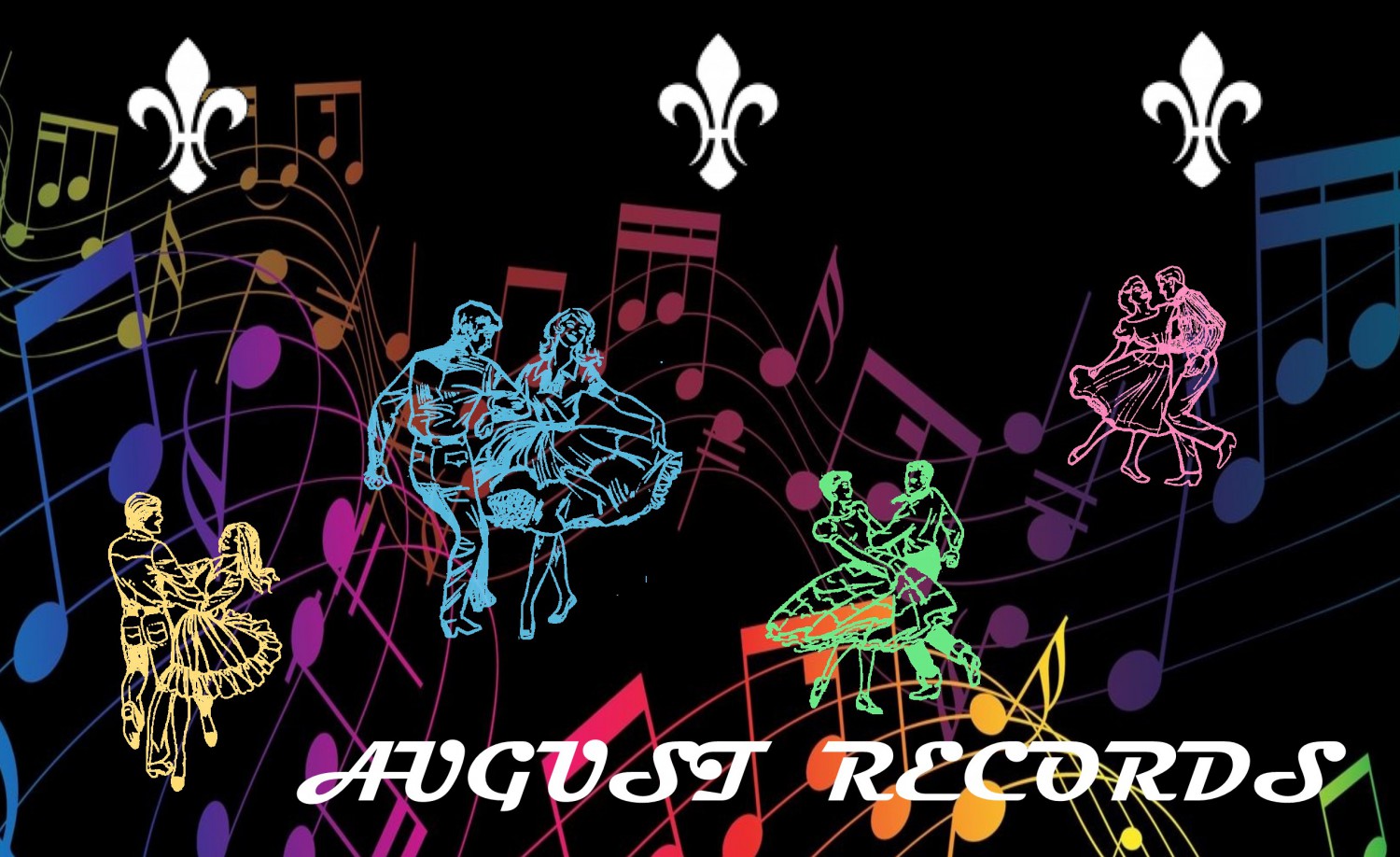Here are a few modern square dance singing call figures that will make any Advanced level singing call dancing fun, interesting, and engaging. Singing calls even at the higher levels are important to include in a square dance caller’s program to break up the drills of involved choreography and remind all present that simply relaxing and dancing to beautiful music that has a melodic hook is an important part of the night’s program.
These four Advanced choreography figures will do the trick:
Heads (Sides) Wheel Thru
Swing Thru
Switch the Wave
Acey Ducey
Turn & Deal
Touch a Quarter
Split Circulate
Follow Your Neighbor & Spread
Swing Corner & Promenade
Heads (Sides) Touch a Quarter
Those Boys Run
Circle Four Halfway
Touch a Quarter
Follow Your Neighbor
Trade the Wave
Switch the Wave
Turn & Deal
Swing Corner & Promenade
Heads (Sides) Touch a Quarter
Walk & Dodge
Swing Thru
Switch to a Diamond
Boys Circulate
Diamond Circulate
Cut the Diamond
Wheel & Deal
Swing Corner & Promenade
Head (Side) Ladies Chain
Sides (Heads) Pass the Ocean
Extend (the Tag)
Motivate
In Roll Circulate
In Roll Circulate
Swing Corner & Promenade
Advanced level is for the dancer that has been dancing Mainstream level and PLUS level square dancing for at least 2 years, and they want to start or is currently participating in regular weekly dance with a local group. You must have and be able to execute all choreographic moves already learned proficiently at the PLUS level and be able to commit to weekly classes to learn the A-1 and A-2 basics and work well in a team environment. Call for more information!
Shaun Werkele
303-250-4735
Mission Statement: The purpose of this post is to create a greater visibility of the square dance activity for future dance population growth on a national and local level. The coaching information provided here serves as a source for square dance caller education training and perspectives on dance. Future articles will be developed to improve the programs of square dancing and how those learning to square dance call can help contribute to the preservation of both modern western square dancing and traditional square dancing and to aid in the growth of the square dance activity.
